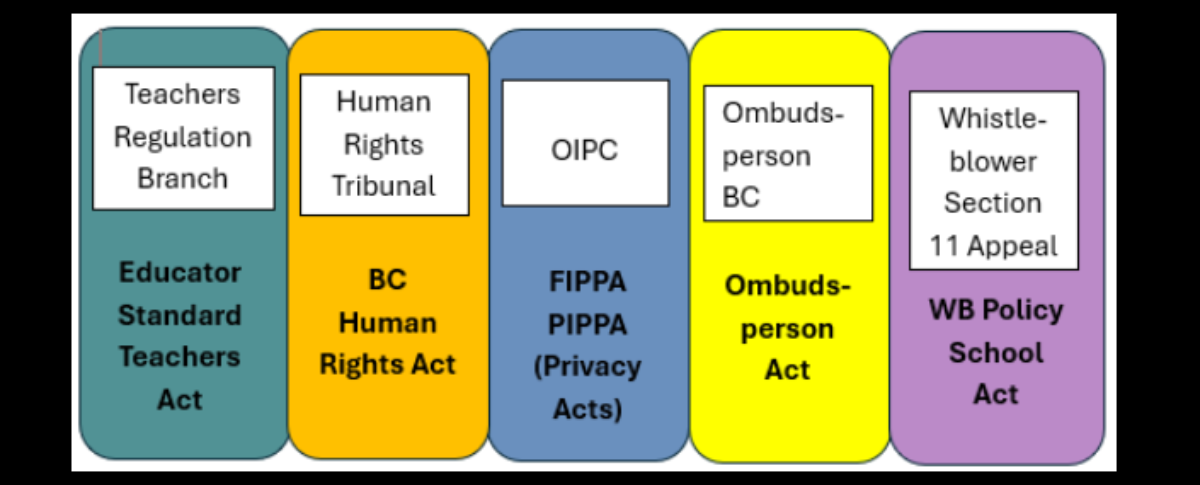I was at a kids’ baseball game, they were around grade 8 & 9. The ball went soaring high up in the air, into right field. The kid just stood there and didn’t move. The ball landed a few feet away.
The coach yells out, “If not you… then who?”
I am not writing this to comment on the coaches comment. I do think about this a lot. I visually replay this event in my mind. I thought about this a lot, going through my child’s human rights complaint, determined as all hell, all the way to a hearing. If not me….than who? This is the ball of crap that has been hit hard straight into my zone. If not me, then who?
Who else is going to do this? My neighbour? Our dentist? What about my friend who lives across the street?
The answer may sound obvious, but there is a twist.
Of course, it has to be me. Or does it?
When you go through the human rights process, you can self-represent, or you can have a lawyer and there is a THIRD option.
You can have anyone be your advocate and be your representative. It could be your neighbour. It could be your friend who lives down the street. It could be anyone to support you and help you through the process.
Is there someone in your life who can work with you together on this project, and you all work together as a team? You can both be crafting emails. You can both be preparing for a mediation meeting. You don’t need to do this alone.
If not you, then you and a support person. That’s who.
Just something to think about and consider.
Here is information on the BC HRT website about this.
Rule 7 – Representation before the Tribunal – page 4 in the table of contents
How participants may be represented
(1) A participant may be represented by a lawyer or other person, or may be self-represented.
(2) The representative may be:
(a) lawyer or other person authorized to practice law in British Columbia under the Legal Profession Act, or
(b) a person who acts as a representative with no expectation of a fee, gain or reward, direct or indirect, from the participant they represent, except for persons identified in s. 15(3) of the Legal Profession Act.
You will see it in cases. It will look like this.

Text:
Tribunal Member: Devyn Cousineau
Agent for the Complainant: Dr. Bob Uttl
Counsel for the Respondent: Jamie Hoopes, Alyssa Paex, and Ilan Burkes
